The M1 helmet was adopted in June of 1941 by the US Military and continued to serve under a number of variation until the 1980s. This M1 helmet is like those used during the Second World War (1939-1945). It utilizes a high pressure fiber and resin liner with a cotton web suspension and a leather chinstrap attached to the interior. The liner is placed inside of a steel shell to protect the wearer. The Steel shell uses bales or metal loops to attach a cotton webbing, adjustable chinstrap and has a metal rim around the edge.
These helmets were used in all theaters of the war and supplied to a number of counties like the Free French Forces, the Brazilian Expeditionary Force, as well as a number of forces fighting against the Japanese in Asia.
A number of wartime variations and combinations of helmet exist. Starting from June of 1941 M1 helmets used a low pressure fiber liner, specifically the Hawley liner, and were paired with a front seam, fixed bale shell with an Olive Drab #3 web chinstrap strap. In late 1942 the high pressure liner was introduced and in early 1943 quickly began to replace Hawley and other low pressure liners. In mid 1943 it was found that the welded fixed bales on the shells were prone to breakage so production began of new shells that allowed the bales to swivel. But these helmets did not see use until Mid 1944. In late 1944 it was found that the seam of the metal rim being placed in the front of the helmet would possible leave a prong of sharp metal in the wearers face when damaged or blown out. To address this they moved the seam from the front of the helmet to the back. Another change in late 1944 was the adoption of a darker Olive Drab #7 chin strap to update with the more wide spread use of the new M1943 field uniform that was in the same shade. These helmet shells would not be seen in use until about March of 1945.
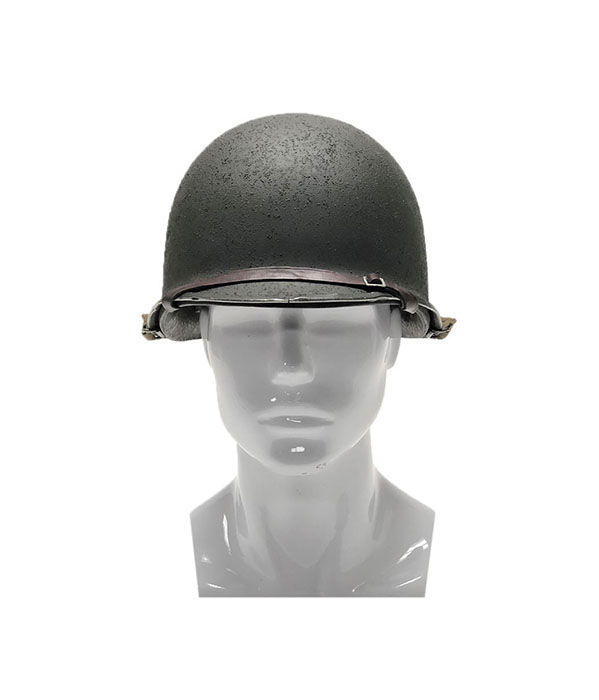
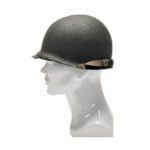
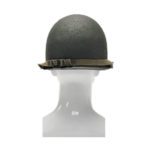
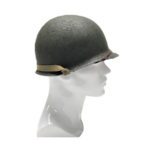

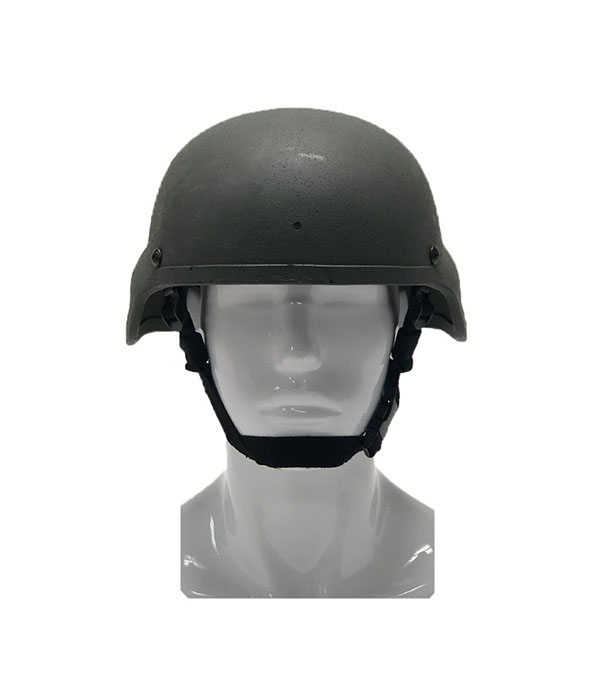
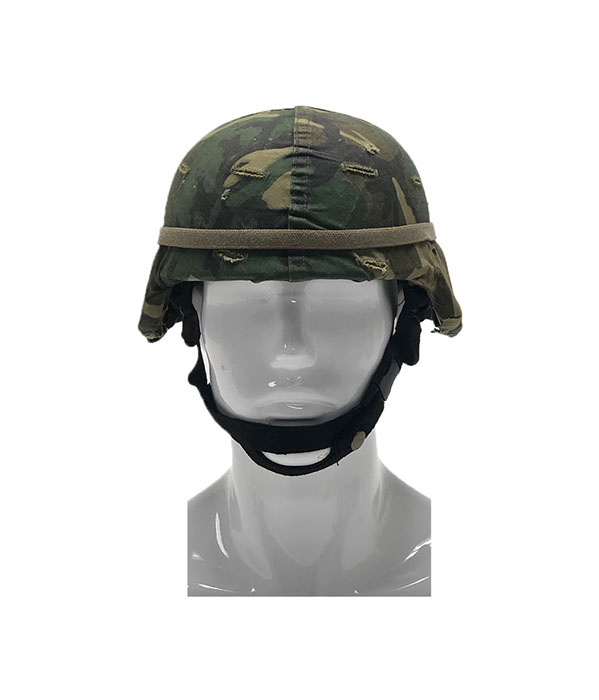
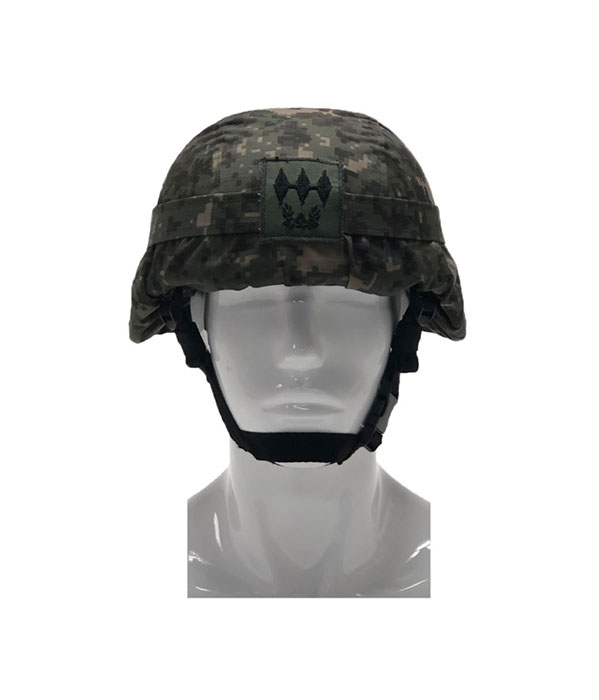
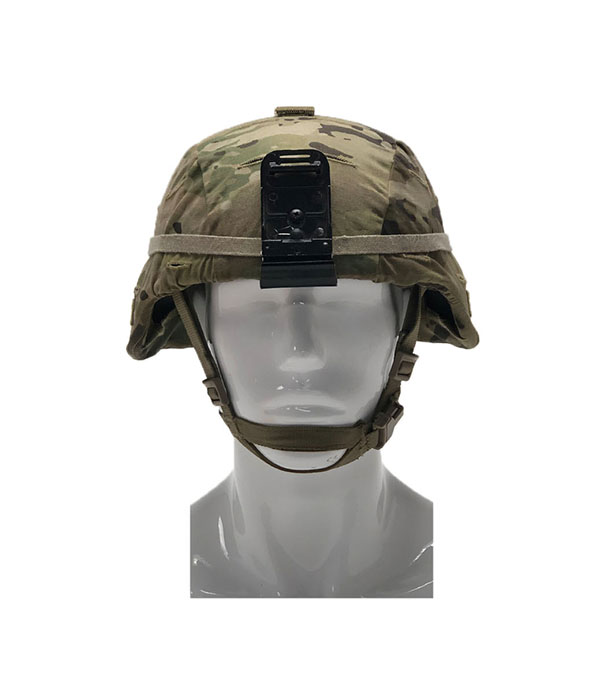
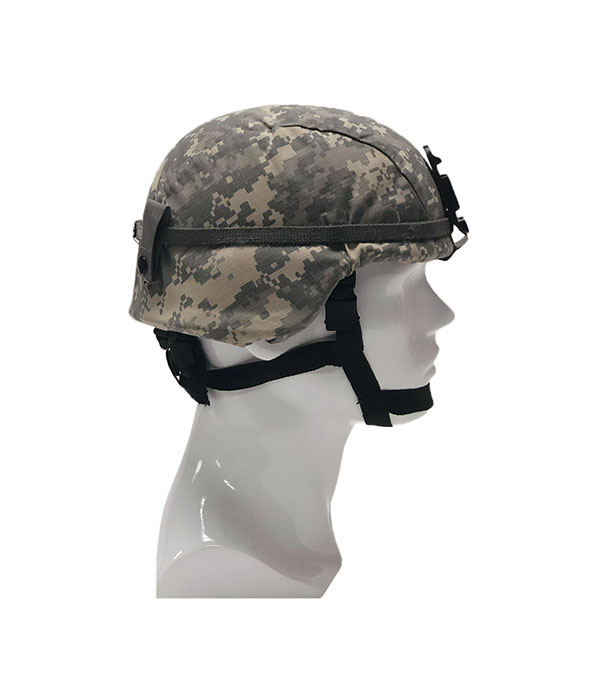
STOP BY, GIVE US A CALL AT 818 982 3611 OR EMAIL US